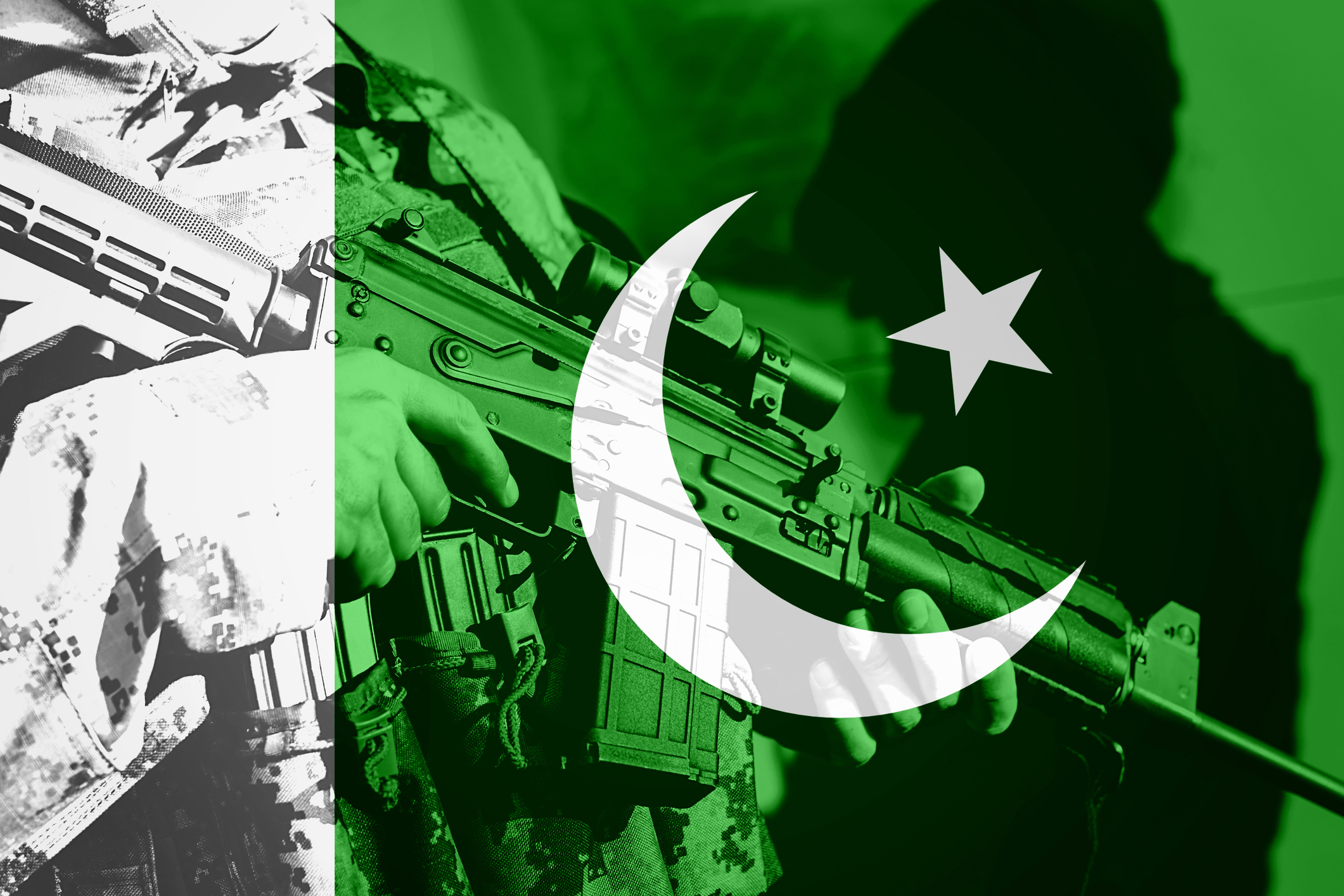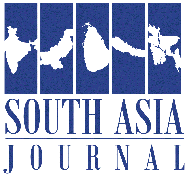
British naval historian C. Northcote Parkinson had once noted: “In politics and strategy, delay is the deadliest form of denial.”
Clausewitz, the Prussian general and military theorist, posited that the grammar of war rests on its “triple nature.” The first level is the “primitive violence of people”—the capacity to take risks and the willingness to kill. The second involves controlling and directing that violence through military command. The third and highest level is political, where governments define the ultimate objectives of war.
The Indo-Pakistan subcontinent remains trapped in a volatile cycle where sub-conventional (terrorist) attacks rapidly escalate into conventional warfare—however limited—carrying with them the ever-present risk of spiraling into a full-scale nuclear conflagration.
Amid deep political polarization, economic fragility, a resurgent terrorist threat in Khyber Pakhtunkhwa, a persistent Balochistan insurgency, widespread social unrest, and rising anti-Army sentiment among large segments of the population,[1] Pakistan appears to have tacitly accepted a new strategic reality: the emergence of an Indo-Pak “new normal.” This new paradigm is characterized by India’s willingness to execute calibrated cross-border strikes in response to terrorist incidents—regardless of Pakistan’s declared nuclear deterrent and affirmed “full spectrum” response.
In my earlier studies, I categorically documented that—whether under international pressure or due to domestic vulnerabilities—Pakistan has long ceased exploiting India’s strategic weaknesses. Yet in a state of ongoing conflict, defense alone is never enough. Offense must be part of strategy—and it must be timely. War, like politics, is fluid and constantly evolving. Former U.S. defense secretary, Robert McNamara, had famously noted: “Deterrence is not the ability to make war, but the ability to prevent it.” Moreover, as a South Asian adage warns, if the urge to slap your enemy comes a day late, you’d better slap your own face twice.
In the current Indo-Pakistan military crisis, Pakistan was found ill-prepared, restrained, and wanting. Since everything is said to be fair in love and war, it was widely expected that with India’s weaponizing the Indus Water Treaty of 1960 between the two countries, Pakistan would target India’s several run-of-the river dams and reservoirs that have decreased the flow of three Pakistani rivers significantly. Pakistan spared them, mercifully. Moreover, as India targeted Pakistani cities through missiles and drones, Pakistan did not retaliate back in kind, largely restricting its retaliatory response only to the Indian occupied Jammu and Kashmir.
Thus, Pakistan’s “strategic patience” for three full days following India’s May 7, 2025 strikes not only baffled seasoned observers, but also deeply frustrated the Pakistani public. It is likely that Islamabad was awaiting the release of a critical IMF loan tranche—which India reportedly tried to obstruct but which was disbursed on May 9, 2025. Only thereafter did Pakistan respond in a limited manner by firing a few Al-Fatah missiles at military targets in Indian-occupied Kashmir—deliberately sparing Indian cities, perhaps to avoid uncontrollable escalation.
A reluctant Pakistan—seeking to avoid direct conventional confrontation—was ultimately forced to initiate a military operation codenamed Bunyan Marsoos (an Arabic term meaning a structure made of concrete or lead) after India targeted three of Pakistan’s airbases: Nur Khan (Chaklala), Murid (Chakwal), and Rafiqui (Shorkot) on May 9, 2025.
As a former military officer who had the honor to serve on the Indo-Pakistan border in the Jammu sector during India’s Brasstacks exercises in 1986/87—an episode that nearly escalated into a nuclear war warranting “Cricket diplomacy” to be played by Pakistan’s former President General Zia-ul-Haq with then Indian Prime Minister Rajiv Gandhi—I, for one, found Pakistan’s sluggish response unsettling.
While memes, patriotic anthems, and press briefings, substituted for actual combat readiness in Pakistan, India’s hyper-nationalist media fed a dangerous delusion: that Pakistan could be “wiped off the map.” In ‘A Treatise of Human Nature’ (1939-40) Scottish philosopher and historian David Hume had noted, “The victory is not gained by the men at arms, who manage the pike and sword; but by the trumpeters, drummers and musicians of the army,” an observation very much applicable to modern warfare too.
The current Indo-Pakistan conflict underscored how the domain of ‘information warfare’ can be exploited to spread ‘disinformation’ among the masses. The media houses, hungry for TRPs (Target Rating Points) and unregulated social-media, kept adding fuel-to-fire during the ongoing Indo-Pakistan conflict – flaring up the animosities into hostilities in an instant.
In my paper ‘The Hindutva Itch: India’s Perverse Strategic Thought,[2] I had quoted Brookings Institute’s fellow and former CIA official Bruce Riedel from his scholarship Avoiding Armageddon: America, India, and Pakistan to the Brink and Back. Riedel described Indo-Pakistan’s regional enmity as, “South Asians … tend to wallow in their history and nurse their traditional animosities … Indians and Pakistanis share the dubious distinction of being nuclear weapons states … hav[ing] an awesome power to destroy. They urgently need to ensure that their actions never lead to Armageddon.”
India’s February 26, 2019 “corporal punishment” at Balakot—the first direct action inside Pakistan’s territory since the 1971 War—had already broken the longstanding taboo of Pakistan’s sovereignty and territorial integrity. A repeat of this strategy on May 7, 2025, was consistent with this new playbook.
In retaliation for the Pahalgam attack—despite no conclusive evidence linking Pakistan—India carried out 24 precision strikes across six Pakistani cities. Indian drones, meanwhile, operated with near-total impunity, conducting both reconnaissance and offensive missions across Pakistani airspace.
Despite several promises of a “befitting response,” Pakistan remained militarily paralyzed. While Pakistani diplomats warned of potential nuclear escalation, top civilian and military spokesmen publicly denied any retaliatory strikes against India. As the Pakistani nation waited for a decisive response, a lamenting leadership offered only casualty counts and statistics on downed drones. This frustrating passivity—some might call it strategic pusillanimity—not only emboldened an increasingly aggressive India but also dismayed a Pakistani populace eager to restore national honor.
Amidst all this hyperbole, reports of backchannel talks between the national security advisors of both countries confirmed what many feared: Islamabad had, once again, accepted humiliation at New Delhi’s hands—whether by necessity, or lack of options.
This behavior is not anomalous but part of a consistent trajectory I have analyzed in three earlier studies:
This analysis highlighted how India, after Pulwama, challenged Pakistan’s nuclear deterrent posture by conducting a carefully calibrated strike at Balakot. The action was symbolic yet strategically significant—punching through Pakistan’s “full spectrum deterrence” and “zero vertex” nuclear doctrine to carve out space for limited warfare under the nuclear overhang.
This study examined the disconnect between Pakistan’s bold rhetoric and its limited operational response. It argued that while India increasingly set the terms of engagement, Pakistan—hamstrung by internal crises and international isolation—failed to match words with credible actions. Enumerating Pakistan’s domestic dichotomies and inconsistencies, the analysis warned of a growing asymmetry in regional power dynamics.
This exploration critically evaluated Pakistan’s doctrinal posture, particularly its concept of “zero meter vertex”—the threshold for presumed nuclear retaliation. The study argued that by lowering its nuclear threshold and signaling ambiguous red lines, Pakistan paradoxically eroded its own deterrence. By vowing nuclear escalation—that never arrives—appear more probable in response to conventional Indian strikes, Pakistan made its maneuverability limited while failing to deter India. The study concluded that rather than deterring Indian aggression, this posture has emboldened New Delhi to repeatedly call Islamabad’s bluff.
Conclusion
The strategic environment in South Asia has undergone a quiet but profound transformation. Where mutual deterrence once maintained a fragile peace, a new asymmetry now prevails—one in which India acts with growing assertiveness and impunity, while Pakistan responds with timidity, hesitation, and internal confusion.
Unless Pakistan reassesses its strategic calculus—aligning rhetoric with real capability, and diplomacy with deterrence—it risks further erosion of its geopolitical standing and deterrent credibility. South Asia cannot afford to normalize a pattern of violence and humiliation as standard operating procedure. For the cycle of conflict to end, both nations must rediscover Clausewitz’s highest principle: that war must always serve a political purpose—not pride, vengeance, or political mileage.
Leon Trotsky had reminded us: “You may not be interested in war, but war is interested in you.”
